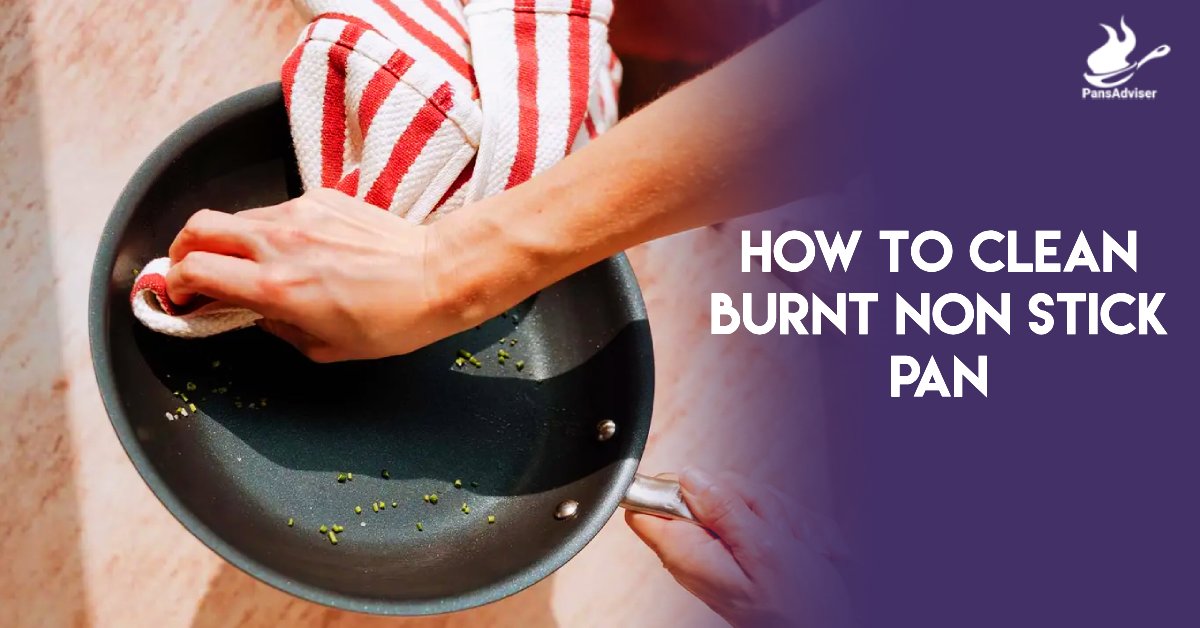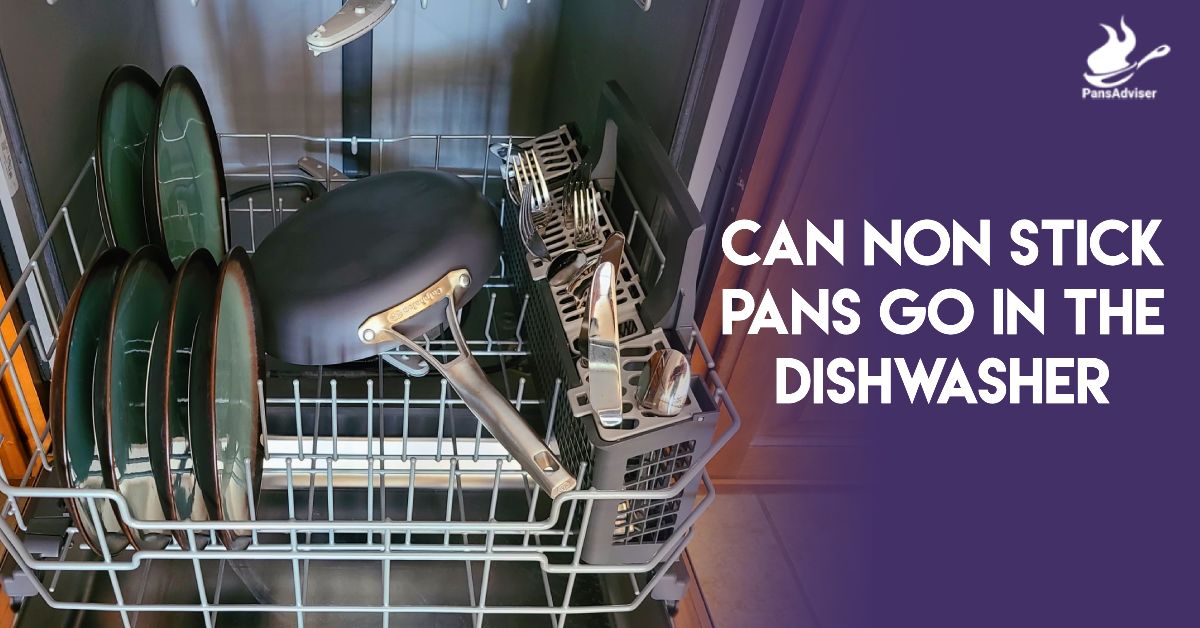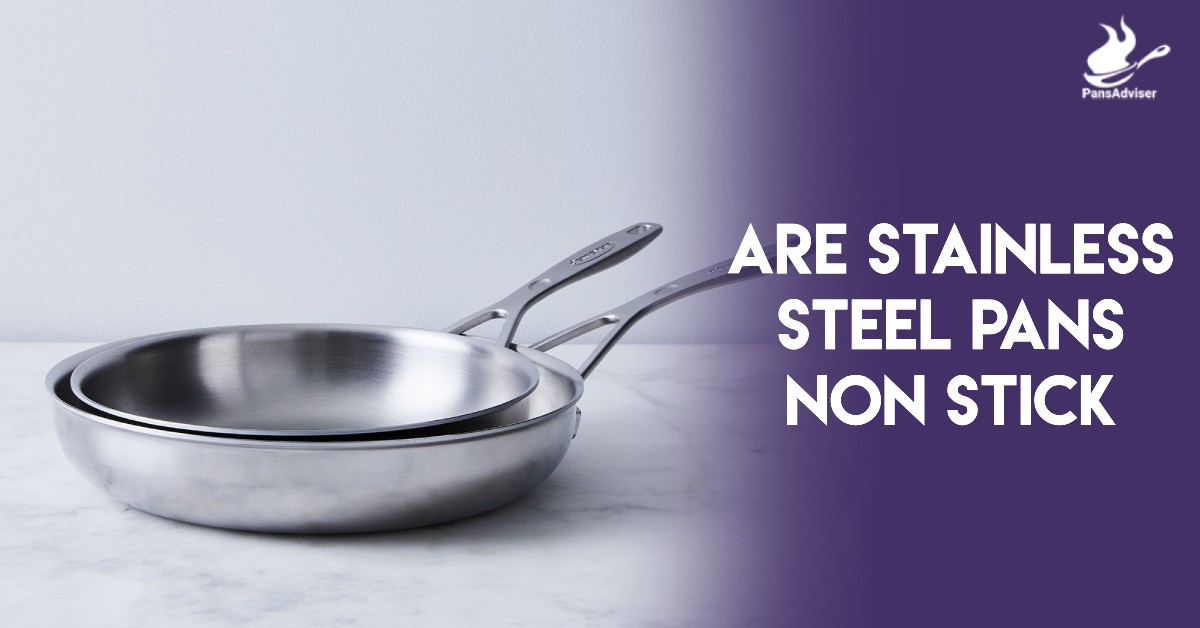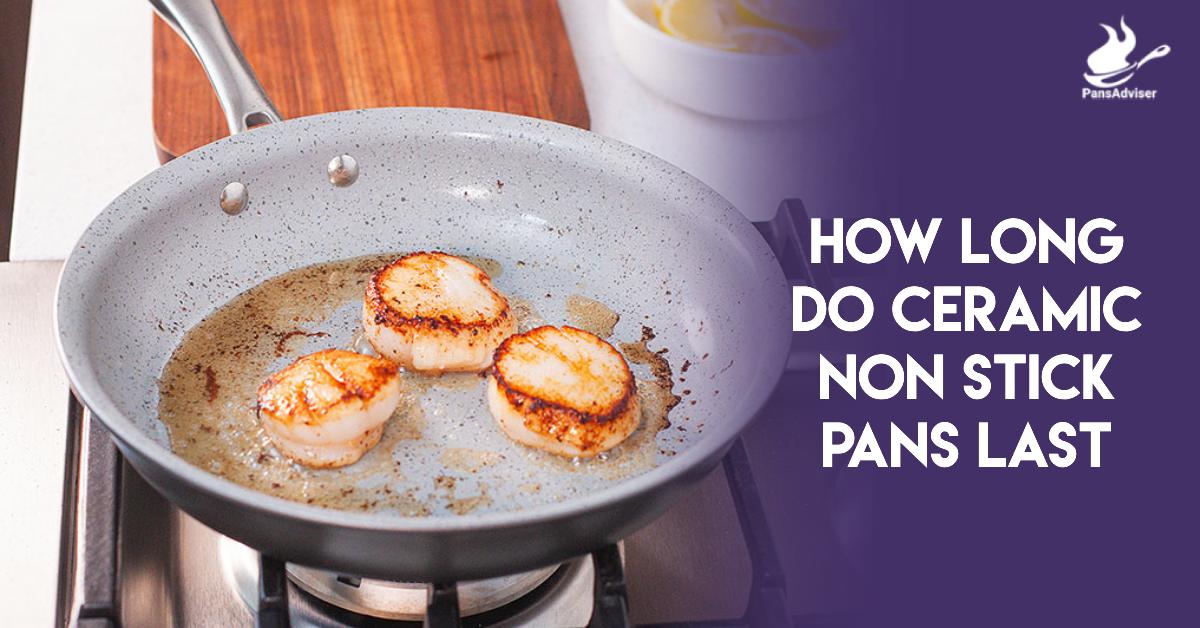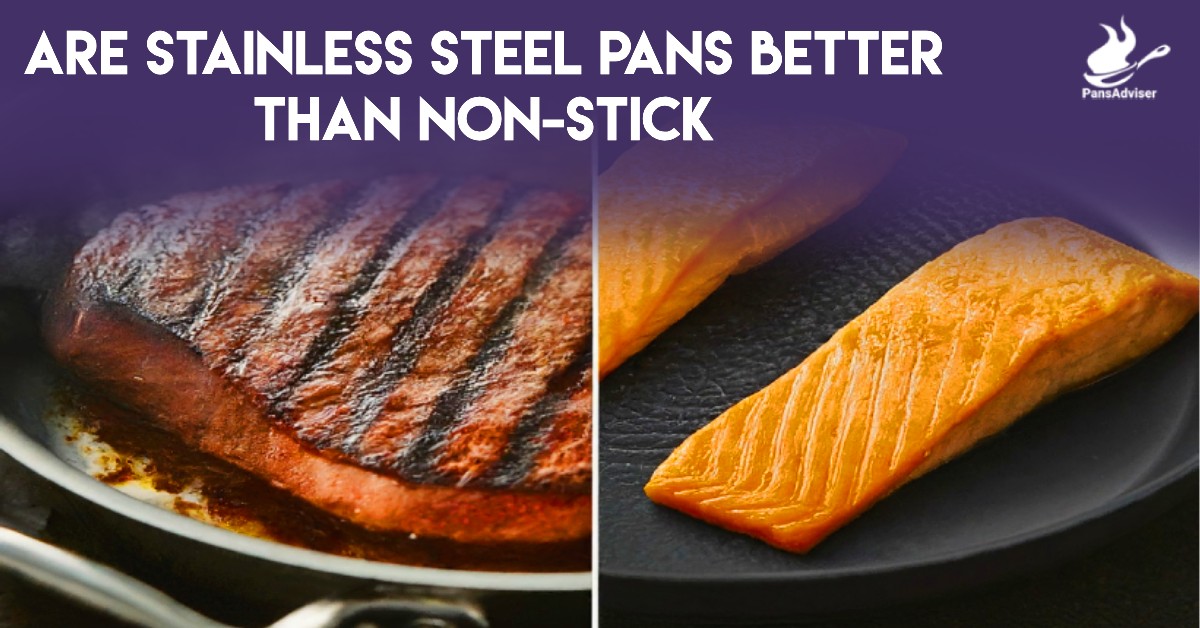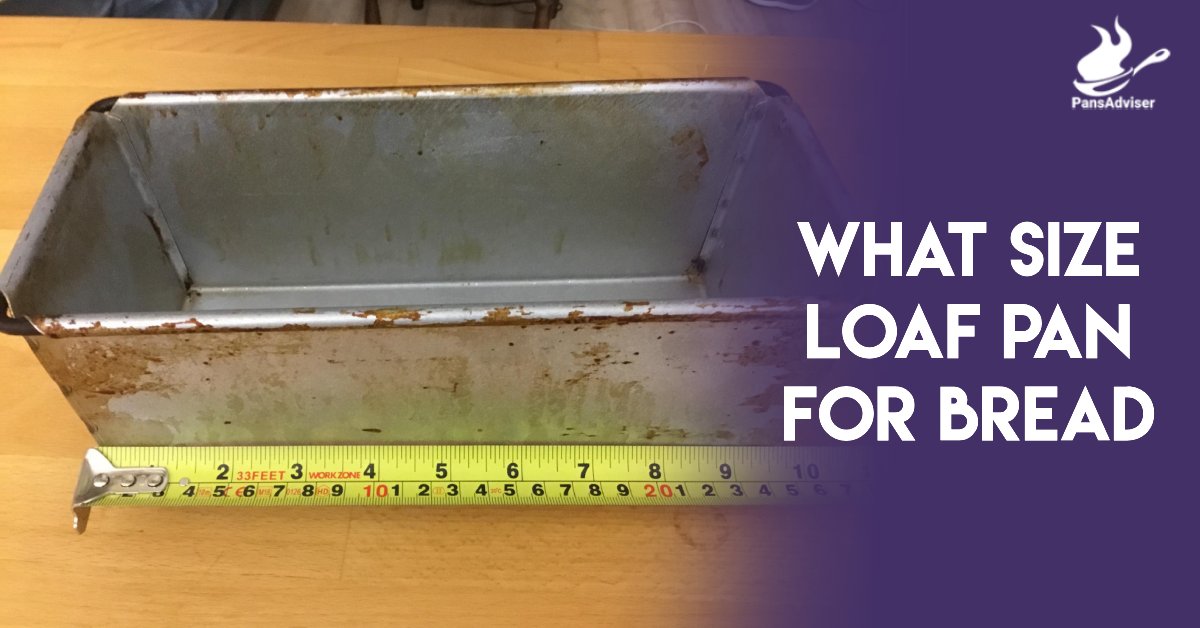Have you ever wondered what size loaf pan for bread is best? If you’re an avid baker or just starting your culinary journey, understanding the significance of a loaf pan can greatly enhance your baking experience and lead to delightful, perfectly-sized loaves of bread.
Table of Contents
ToggleWhether you’re a seasoned baker seeking to refine your techniques or a beginner eager to create homemade bread that’s just right, mastering the art of selecting the perfect loaf pan size will undoubtedly elevate your bread-making endeavors to new heights.
Without any further delay, let’s dive into this amazing and informative guide—one you’ll never forget or regret about.
Impact of loaf pan size on bread texture and baking time
In this fantastical world, dear bakers, finding the perfect loaf pan size is the key to unlocking your bread-baking dreams. So, let’s put on our aprons, grab our pans, and let the bread-baking extravaganza begin!
The Texture:
Imagine sinking your teeth into a slice of bread that’s so airy, it’s practically dancing on your tongue. That’s the magic of the right loaf pan size! A larger pan will spread your dough out, giving you that rustic artisan-style texture we all crave. It’s like a delightful ballet of fluffy goodness.
But hey, if you prefer your bread a little denser and perfectly suited for those tasty sandwiches, fear not! Smaller loaf pans are here to save the day. They’ll give you a taller, more compact loaf that’s just right for your favorite fillings.
The Baking Time:
In the world of baking, timing is everything, and your loaf pan size sets the tempo! Larger pans mean more surface area, and that translates to quicker moisture evaporation. Before you know it, your bread will be perfectly golden and ready to be devoured.
On the flip side, smaller pans keep that moisture locked in, requiring a little more patience. But hey, great things come to those who wait, right? Your bread will reward you with a soft and tender crust that’s pure perfection.
So, whether you’re aiming for a light and airy waltz or a flavorful and hearty jig, choosing the right loaf pan size can work wonders in transforming your bread from good to utterly extraordinary!
💡 Pro Tip: If you want perfectly shaped sandwich slices, opt for the 9×5 inch standard loaf pan. It’s like a guaranteed ticket to bread-slicing heaven!
Bonus Hack: Love adding a unique twist to your baking routine? Why not try some specialty loaf pans like Pullman pans or mini loaf pans? They’ll add a touch of pizzazz to your baked goodies!
What Size Loaf Pan for Bread?
Now it’s time to delve into the world of standard loaf pan sizes, where the secret to perfectly shaped bread lies! You might be wondering, “What’s the big deal about pan dimensions?” Well, my friends, the size of your bread pan is like the key to unlocking a realm of baking possibilities.
So, let’s break it down,
9×5 inches: The Superstar Size!
Imagine a loaf of bread that’s just the right size for your favorite sandwiches. That’s exactly what the 9×5-inch loaf pan can do for you! It’s the superstar size, the one you’ll use to create beautifully balanced loaves that fit oh-so-perfectly in your toaster.
8×4 inches: For a Dash of Versatility!
Looking to add a touch of creativity to your baking repertoire? Say hello to the 8×4 inch loaf pan! It’s slightly smaller than its 9×5 inch counterpart, making it ideal for experimenting with different bread shapes and textures. From specialty bread to mouthwatering pound cakes, this size offers endless possibilities!
Now, I know what you might be thinking: “Why do I even need to know about these pan sizes?” Well, it’s all about achieving that dreamy bread texture and ensuring your baking adventure is nothing short of extraordinary!
💡 Pro Tip: When in doubt, go for the 9×5 inch pan. It’s like having the perfect baking sidekick that’ll never let you down!
Loaf Pan Size Chart
| Loaf Pan Size | Dimensions (Inches) | Ideal For |
| 9×5 inches | 9 x 5 x 3 | Classic Sandwich Bread |
| 8×4 inches | 8 x 4 x 2.5 | Specialty Breads, Pound Cakes |
| 10×5 inches | 10 x 5 x 3.5 | Larger Sandwich Loaf |
| 9×3 inches | 9 x 3 x 2.5 | Artisan-Style Bread |
| Mini Loaf Pans | Various Sizes | Individual Portions, Gifts |
Use this handy chart to choose the perfect loaf pan size for your bread-baking adventures. Each size offers its unique charm and versatility, allowing you to create a wide range of bread styles with ease.
Does Loaf Pan Size Matter?
The age-old question: Does Loaf Pan Size Really Matter? Well, baking aficionados, prepare to have your minds blown because when it comes to bread mold dimensions, it’s like stepping into a world of baking wizardry!
You might be thinking, “Come on, does the size of my loaf pan make that big of a difference?” Oh, trust me, it does, and it’s nothing short of magical!
So let’s dig into this enchanting mystery
Texture Enchantment: A larger loaf pan spreads your dough out, creating artisan-style bread with an open, airy crumb that’s simply divine. On the other hand, a smaller pan yields a denser, perfectly shaped loaf, ideal for your favorite sandwiches.
Baking Time Sorcery: Loaf pan size influences the baking time, with larger pans resulting in quicker moisture evaporation and browning. Smaller pans, however, retain more moisture and require a bit more patience.
Bread Volume Charm: The size of your loaf pan determines the volume and shape of your bread. A wider pan creates a rustic, wide loaf, while a narrower one delivers a tall, compact beauty.
So, dear baker, choose your loaf pan size wisely, and let the magic of baking.
Factors to consider when selecting a loaf pan size
When it comes to selecting the ideal loaf pan size for your baking adventures, there are several essential factors to keep in mind.
Recipe Requirements and Serving Size:
Consider the recipe you’re using and the number of servings you wish to yield. A larger loaf pan will be suitable for recipes that serve more people, while a smaller one is ideal for individual portions or smaller gatherings.
Desired Bread Shape and Volume:
Think about the shape and appearance you want your bread to have. If you’re aiming for a wider and more rustic loaf, opt for a larger pan. On the other hand, a narrower pan will result in a taller and more compact loaf, perfect for slicing into sandwiches.
Oven Size and Baking Space Availability:
Ensure that your chosen loaf pan fits comfortably in your oven without overcrowding. Consider the dimensions of your oven and the space available to avoid any baking mishaps.
By considering these factors, you’ll be well-equipped to select the perfect loaf pan size that aligns with your baking goals and preferences.
Shallow Loaf Pans vs. Deep Loaf Pans: Understanding the Difference and How It Impacts Your Baking:
Let’s explore the differences between shallow loaf pans and deep loaf pans, and how each factor plays a vital role in achieving the perfect loaf.
Crust Texture:
Shallow Loaf Pans: With less dough to support, shallow loaf pans allow for quicker moisture evaporation, resulting in a crisp and thin crust. This makes them a fantastic choice for artisan-style bread and quick breads, where a crispy crust is desired.
Deep Loaf Pans: More dough in a deep pan retains moisture during baking, creating a softer and tender crust. This is perfect for sandwich bread and pound cakes, where a soft and moist crumb is preferred.
Baking Time:
Shallow Loaf Pans: Due to the reduced dough volume, baking time is typically shorter in shallow loaf pans. The quicker moisture evaporation contributes to faster baking and browning.
Deep Loaf Pans: More dough requires more time to bake thoroughly, resulting in a longer baking time. The additional moisture retention in deep pans leads to a slower and more gradual baking process.
Moisture Evaporation:
Shallow Loaf Pans: The wider surface area of a shallow pan allows moisture to escape more rapidly during baking. This encourages the formation of a crispy crust and contributes to the open crumb structure in artisanal bread.
Deep Loaf Pans: The deeper sides of the pan trap moisture, creating a more controlled baking environment. This enhances the tenderness of the crust and ensures even baking throughout the taller loaf.
Bread Volume:
Shallow Loaf Pans: These pans create a wider and flatter loaf, which is perfect for bread with a rustic appearance. The open crumb structure provides a chewy and airy texture, making it a favorite among artisan bakers.
Deep Loaf Pans: The deeper dimensions of these pans result in a taller and more compact loaf, suitable for neatly sliced sandwiches or beautiful pound cakes.
Ideal for:
Shallow Loaf Pans: They are ideal for baking artisan-style bread, baguettes, and quick breads like banana bread or zucchini bread.
Deep Loaf Pans: They are best suited for classic sandwich bread, meatloaf, pound cakes, and recipes that require a more uniform and compact shape.
What if your Recipe Doesn’t Specify Size?
The thrill of baking when the recipe doesn’t give us all the answers! Fear not, adventurous bakers, for this is your chance to embark on a creative journey of delightful discoveries. So, what if your recipe doesn’t specify the loaf pan size? Let’s sprinkle some magic into the mix and unlock the secrets of the baking universe!
Embrace the Art of Improvisation:
Think of it as your moment to shine! If your recipe leaves you in a delightful dilemma, seize the opportunity to get creative. Trust your instincts and go with your gut feeling. After all, the world of baking is full of possibilities waiting to be explored!
Let’s dive into the enchanted list of recipes that flourish in the cozy embrace of a loaf pan:
Classic Sandwich Bread: The joy of sinking your teeth into a soft and fluffy slice of freshly baked sandwich bread! From ham and cheese to peanut butter and jelly, this all-time favorite loaf is a staple for any kitchen.
Banana Bread and Zucchini Bread: When life hands you overripe bananas or abundant zucchinis, there’s no better way to make them shine than with a loaf pan! These moist and flavorful breads are the epitome of comfort and indulgence.
Pumpkin Bread and Fruitcakes: Welcome the flavors of the season with open arms! From luscious pumpkin to festive fruitcakes, these delectable treats will warm your heart and fill your home with delightful aromas.
Meatloaf and Terrines: Loaf pans aren’t just for sweet creations! Savory dishes like meatloaf and terrines take center stage, offering a hearty and satisfying meal for family gatherings and special occasions.
Lemon and Pound Cakes: Enter the realm of heavenly pound cakes and zesty lemon loaves! Their buttery goodness and citrusy tang make them a delightful treat for teatime or any time you need a little indulgence.
Quick Breads and Tea Cakes: From blueberry muffins to scrumptious tea cakes, the loaf pan serves as a versatile canvas for an array of delectable quick breads that are perfect for any time of the day.
Gluten-Free and Vegan Breads: Baking for dietary preferences? Fear not, for the loaf pan welcomes gluten-free and vegan recipes with open arms, ensuring everyone can savor the magic of homemade bread.
The list is as boundless as your imagination! The loaf pan is a versatile tool that invites you to unleash your creativity and bake to your heart’s content. So, grab your loaf pan and let the baking adventure begin!
What Recipes Use a Loaf Pan?
The magical realm of loaf pans, where the possibilities are as vast as the imagination of a passionate baker! If you’re wondering about the delightful recipes that call for a trusty loaf pan, hold on to your aprons, because we’re about to uncover a world of baking wonders!
Let’s dive into the enchanted list of recipes that flourish in the cozy embrace of a loaf pan:
Peek into Your Pantry:
Take a peek at the pans in your kitchen cupboard. Find one that you think will be just the right fit for your recipe. Remember, there’s no one-size-fits-all answer here, so choose a pan that feels right for your dough or batter.
Think of Your Dough’s Comfort:
Consider the amount of dough or batter your recipe yields. You want your bread to have enough room to rise and expand gracefully. A good rule of thumb is to fill the pan about two-thirds full, giving your bread the perfect space to grow into a scrumptious masterpiece.
Play the Waiting Game:
As your bread bakes to golden perfection, keep an eagle eye on it. Different pan sizes may require adjustments to the baking time. Keep a toothpick handy and test for doneness. When it comes out clean, you’ll know your bread is ready to be savored!
The Journey of Discovery:
Remember, there’s no right or wrong answer here. Each pan size offers a unique touch to your bread, whether it’s a grand and majestic rise or a snug and compact shape. Embrace the journey of discovery and savor the delightful surprises that come your way!
So, let go of your worries and embrace the joy of baking with an open heart and a sprinkle of creativity.
Handy Hacks and Bonus Info:
Now prepare to sprinkle some extra magic into your bread-making endeavors with these handy hacks and bonus info!
Hack #1: Non-Stick vs. Traditional Loaf Pans
If you crave the ease of a swift bread release, non-stick loaf pans are your best friend! Their slick surfaces work like a charm, ensuring your bread comes out effortlessly. But, ah, there’s a secret to traditional pans too! A quick greasing and lining with parchment paper can work wonders in achieving that picture-perfect loaf.
Hack #2: Specialty Loaf Pan Options
Why stick to the ordinary when the extraordinary beckons? Step into the realm of specialty loaf pans, like the elegant Pullman pans for beautifully square slices or the adorable mini loaf pans for bite-sized treats! Unleash your creativity and bring a touch of whimsy to your baking escapades.
Hack #3: Proper Loaf Pan Care and Maintenance
Just like a wizard cherishes their wand, take good care of your loaf pan! Gentle cleaning with warm soapy water and a soft sponge is the way to go. Avoid abrasive materials that could damage your beloved pan. And remember, a little TLC goes a long way in extending the life of your baking companion.
So, dear baking enchanters, armed with these handy hacks insights, you’re now ready to weave spells of deliciousness in your kitchen!
What Material Pan Should You Buy?
The quest for the ideal loaf pan material! Fear not, noble bakers, for we are now about to embark on an enchanted journey through the realm of loaf pan materials. Brace yourselves, for each one offers its unique charm, and it’s time to discover which material will bestow its magic upon your baking adventures!
Aluminum – The Swift Conductor of Heat
Enchanting Qualities: Behold the wonder of aluminum! This magical material boasts swift and even heat distribution, ensuring your bread bakes to perfection.
Baking Wizardry: With aluminum in your corner, you’ll enjoy consistent results, and your bread will rise to new heights of deliciousness!
Stainless Steel – The Stalwart Guardian of Heat!
Enchanting Qualities: Cast your gaze upon the steadfast stainless steel! It’s not just durable; it’s also an excellent heat retainer, delivering a lovely crust to your bread.
Baking Wizardry: With stainless steel as your ally, your loaf will emerge with a beautiful, golden-brown exterior that will leave everyone spellbound.
Cast Iron – The Even-Heating Sorcerer!
Enchanting Qualities: Feast your eyes on the mighty cast iron! It excels in even heat distribution, creating artisan-style loaves with a touch of rustic charm.
Baking Wizardry: With cast iron at your side, you’ll summon loaves that are moist and tender on the inside, with a captivating crust that lures you in with every bite.
Ceramic – The Heat Retention Magician
Enchanting Qualities: Marvel at the beauty of ceramic! Known for its excellent heat retention, it creates a delightful serving dish for your bread.
Baking Wizardry: With ceramic’s magic, your bread will stay warm for longer, and you’ll be serving up slices of scrumptiousness that enchant both the eyes and the taste buds.
Glass – The Crystal-Clear Wonder!
Enchanting Qualities: Gaze into the clarity of glass! With this material, you’ll enjoy easy monitoring of your bread’s browning process.
Baking Wizardry: Glass offers a gentle bake, giving your loaves a soft crust and ensuring they shine like gems when served on the table.
Silicone – The Flexible Ally!
Enchanting Qualities: Embrace the flexibility of silicone! Its non-stick properties make bread removal a breeze.
Baking Wizardry: With silicone’s charm, you’ll create loaves that slide gracefully out of the pan, leaving you with less cleanup and more time to savor the magic of baking.
I hope this article covered the topic of “What Size Loaf Pan for Bread” and now, dear bakers, armed with this magical guide, you’re ready to choose the perfect material for your loaf pan.
Each one brings its own spellbinding qualities to your baking adventures. So, let your instincts guide you, and may your bread creations be blessed with enchantment and culinary wonder! Happy baking, my fellow sorcerers of the kitchen!
FAQ’s
What is the ideal size loaf pan for bread baking?
The ideal size loaf pan for bread baking is typically 9×5 inches, but 8×4 inches can also work well for smaller loaves.
Can I use a different size loaf pan if I don’t have the recommended size?
Yes, you can use a different size loaf pan, but keep in mind that it may affect the baking time and the shape of your bread. Adjustments may be needed.
How do I know if my loaf pan is too small or too large for my bread recipe?
If your bread dough fills the pan less than halfway, it may be too large. If it overflows during baking, the pan is too small. Use the recommended size for best results.
Should I choose a glass or metal loaf pan for baking bread?
Both glass and metal loaf pans work well for bread. Glass pans may require slight adjustments in baking temperature and time, so follow your recipe’s instructions.
What if my recipe doesn’t specify a loaf pan size?
If your recipe doesn’t specify a size, it’s safest to use a 9×5-inch loaf pan, as it’s a standard size for most bread recipes.
Can I use a silicone loaf pan for baking bread?
Yes, you can use a silicone loaf pan for baking bread. However, be sure to place it on a sturdy baking sheet for support, as silicone pans can be flexible and may not hold their shape as well as metal or glass pans.

